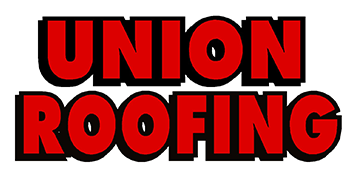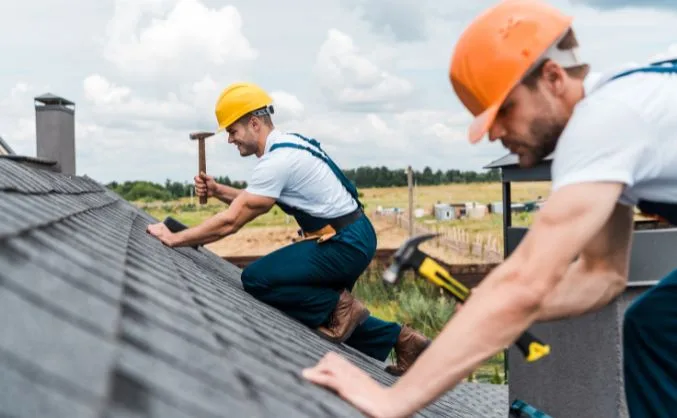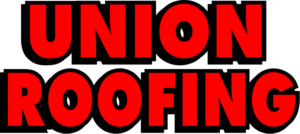Let’s face it, your roof isn’t exactly the most exciting part of your home. But when there’s a problem, your roof can quickly become a source of stress and unexpected expense. Thankfully, many common roofing issues are easy to spot if you know what to look for.
This guide explores the most common roofing problems homeowners and businesses face. We’ll show you how to identify the signs early on and what steps to take to address them.
Staying informed helps you avoid unwelcome surprises, especially during a building inspection. We’ll help you tend to the roof so it continues to shield your home or workspace for years.
The Tell-Tale Signs of Roof Damage
The following signs can help you avoid commercial and home inspection roof issues:
1. Missing or Damaged Shingles
Asphalt shingles are the most common roofing material and should last decades. However, the shingles can become brittle and crack over time, particularly after exposure to harsh weather conditions.
Missing or damaged shingles are red flags that need immediate attention. Holes can expose the underlayment of your roof, making it vulnerable to leaks.
What to Look For:
- Cracked, curled, or missing shingles
- Bald spots on your roof
- Granules (the small pebbles embedded in the shingles) collecting in your gutters
What to Do: You might repair minor damage by replacing the individual shingles. However, extensive damage or missing shingles often indicate the need for a roof replacement.
2. Roof Leaks
A leaky roof is a homeowner’s worst nightmare. Left unattended, leaks can cause mold growth and other major roof structural issues. Water damage to your attic, ceilings, and walls requires professional roof repairs.
What to Look For:
- Visible water stains on your ceilings or walls, especially after heavy rain or snowfall
- Damp spots in your attic
- Mold growth on your roof or in your attic
What to Do: If you suspect a leak, don’t delay! Call a qualified roofing contractor to identify the source of the leak and get it repaired as soon as possible. Early intervention can help minimize water damage and prevent further problems.
Pro Tip: Reputable roofing companies offer emergency repair services. Their contractors are available round the clock, including holidays and weekends.
3. Clogged Gutters
Gutters are an essential part of your roof’s drainage system. They channel rainwater away from your roof and foundation, preventing water damage. However, gutters can become clogged with leaves, debris, and even small animals.
Packed gutters can cause water to back up under your shingles and seep into your roof, leading to leaks. Additionally, overflowing gutters can damage your fascia boards and soffits.
What to Look For:
- Gutters overflowing with debris
- Water pooling around the foundation of your house
What to Do: Clean your gutters regularly, especially in the fall and spring. You can also install gutter guards to help prevent clogs.
4. Flashing Issues
Flashing is a thin layer of metal or waterproof material used around roof openings like chimneys, vents, and skylights. Over time, flashing can become loose, cracked, or corroded, creating openings for water to seep in.
What to Look For:
- Signs of rust or corrosion around roof penetrations
- Cracked or loose flashing
What to Do: If you notice any issues with your flashing, contact a roofing contractor for repairs.
5. Moss and Algae Growth
Moss and algae growth on your roof might not seem like a major issue. Yet, they can trap moisture and cause shingles to deteriorate quickly. In severe cases, moss growth can even lift shingles and create openings for leaks.
What to Look For:
- Green or black streaks or patches on your roof
- Unusual textures
What to Do: Special cleaning solutions can remove moss and algae growth. However, it’s important to exercise caution when cleaning your roof yourself. Consider hiring a professional roofer for safe and effective cleaning.
For more information about tackling common roofing issues, check out this article from This Old House.
Hiring a Qualified Roofing Contractor
If you’re dealing with a roofing problem, hire a qualified and reputable roofing contractor for repairs or replacement. Here are some tips to avoid roofing contractor issues:
- Get Multiple Estimates: Rather than jumping at the first offer you receive, get estimates from several qualified contractors. Compare rates, experience, and services before deciding.
- Check for Licensing and Insurance: Make sure the contractor you hire is fully licensed and insured.
- Ask for References: Contact the contractor’s references to check their work quality and customer service. If possible, look at their roofing work firsthand.
- Get Everything in Writing: Get a signed contract before the work begins. The contracts should outline the scope of work, materials, warranty details, and payment schedule.
To learn more about hiring a reliable roofing contractor, read this article from Angie’s.
FAQs: Fixing Your Roofing Issues
Here are some frequently asked questions to complement your newfound knowledge of common roofing issues:
Should I tackle a DIY roofing project?
Although experienced DIYs can fix minor issues like replacing a few missing shingles, most repairs require professional expertise. Many repairs involve structural damage and require specialized tools and safety equipment.
Improper repairs can make existing problems worse and even void your roof warranty. A qualified roofer will ensure your roof meets building codes and lasts for decades.
How often should I get my roof inspected?
Experts recommend inspecting your roof at least once a year, especially before and after severe weather seasons. If your roof is nearing the end of its lifespan (typically around 15-20 years old), more inspections may be necessary.
What factors affect the cost of roof repairs?
The cost of repairs depends on several factors. These factors include the amount of damage, the materials needed, roof size and complexity, and labor costs.
What signs indicate that my roof needs urgent attention?
Visible sagging, large areas of missing or damaged shingles, or significant leaks indicate serious roof problems. Don’t wait – contact a roofing contractor immediately to address these issues promptly and prevent further damage.
How can I extend the lifespan of my roof?
Regular inspections and preventative maintenance are vital to a long-lasting roof. Keep your gutters clean to prevent water buildup and trim back overhanging tree branches that can damage shingles. Consider roof coatings that can add an extra layer of protection as well.
Don’t Let Your Roof Become an Afterthought
Your roof may not be the flashiest part of your home, but it keeps you and your belongings safe and dry. Spend the time necessary to familiarize yourself with common roofing issues, then take proactive steps to address them. You can prevent minor problems from snowballing into major headaches and costly repairs.
Remember, a healthy roof translates to a healthy home — and a lighter wallet!
Your Next Step: Partner with Union Roofing
Equipped with the tools to identify common roofing issues, what’s the next step? If you suspect a problem with your roof, don’t wait for a leak to spring a surprise. Ignoring roof problems can lead to more extensive damage and expensive repairs.
Union Roofing has been repairing residential and commercial roofs for three decades. Our satisfied customers hail from Pennsylvania and New Jersey. Our certified technicians can find and fix any roofing problem, from small repairs to full roof replacements.
We understand that dealing with roof problems can be stressful. That’s why we provide exceptional customer service, clear communication, and competitive pricing. We’ll work closely with you to find the best solution for your needs and budget.
Don’t delay, protect your roof today – contact Union Roofing for a free inspection and quote. Let us help you keep your home safe and secure for years to come!





